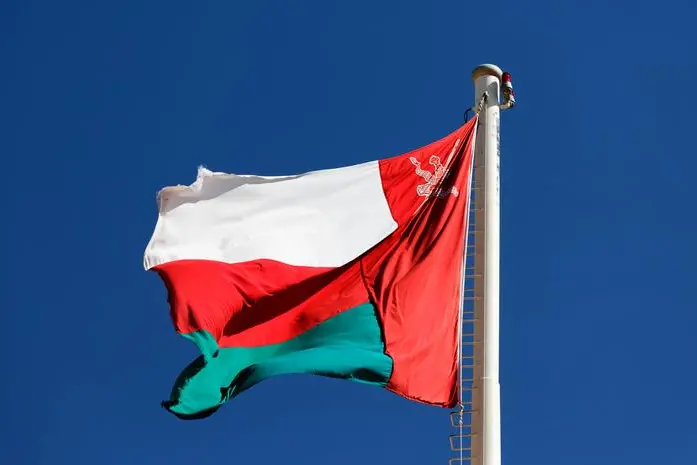PHOTO
DUBAI - A surge in Oman's international bond yields suggests that, with investor concerns about its twin deficits growing, the country is fast replacing Bahrain as the weak debt market link among Gulf Arab oil exporters.
Oman's January 2023 dollar bond yield has jumped 81 basis points since end-September, making Oman by far the worst performer in the six-nation Gulf Cooperation Council.
Saudi Arabia, the second worst, has seen its March 2023 bond yield rise just 44 bps, amid concern the killing of dissident Jamal Khashoggi could hurt ties with the West.
Part of Oman's underperformance is technical.
Oman is the only GCC state in JP Morgan's emerging market government bond indexes; the investment bank will add the other five in 2019. That has prompting buying of those countries' debt in anticipation of money inflows.
But another reason is Oman's fiscal and external deficits, and its modest progress in taming them.
"Risks are increasing with lower oil prices and increased government spending, but they are still manageable for the time being," said Mohieddine Kronfol, chief investment officer for global sukuk and MENA fixed income at Franklin Templeton Investments.
"Pressure on the government to address the fiscal deficit and mounting debt levels will continue, and accelerate, if oil prices decline further or progress remains underwhelming."
Bahrain, which also runs twin deficits, was for years seen as the most fragile GCC member. But that began changing in October following a $10 billion aid package from Saudi Arabia, the United Arab Emirates and Kuwait.
S&P said this month its BB rating of Oman - in junk territory - was supported by the prospect of neighbouring countries providing aid if needed.
But that prospect is not totally certain as Oman maintains links to Qatar and Iran, two of Saudi Arabia's enemies.
"Oman’s position as somewhat of an outlier in the GCC...means the extension of aid is not as implicit as it was with Bahrain," said Jean-Paul Pigat, research head at Lighthouse Research.
MIXED PICTURE
Spreads between medium- and long-term bonds of Oman and top-ranked Abu Dhabi hit record highs this week.
However, the cost of insuring Omani debt against default remains well below that of Bahrain.
Bahrain got its bailout after it had to scale back a debt issue, raising fears it might become unable to fund itself abroad. With a $1.5 billion sukuk issue last month, Oman appears to have funded itself well into 2019.
The central bank's foreign assets sank 18 percent year-on-year to $14.0 billion in September, the lowest since 2011. But adding estimated assets of Muscat's State General Reserve Fund and Oman Investment Fund brings the amount that might be available to defend the currency to $38 billion.
Fabio Scacciavillani, chief economist at Oman Investment Fund, said that depending on oil prices, Oman's deficits could shrink in coming years as it had completed much spending on projects such as airports, highways and industrial zones.
The external balance may improve as new projects come on line, such as refinery and petrochemical complexes in Duqm and Liwa, he said.
Such projects may not have a big impact for several years, however, leaving a window in which further declines in Oman's reserves could leave it vulnerable - and oil prices have fallen from above $80 a barrel to below $65 since September.
Pigat estimated pressure on the rial's peg to the dollar might materialise in late 2019.
If that happened, Oman's neighbours would probably extend aid, "but it will be interesting to see what type of conditionalities are proposed, and if Oman will be willing to accept any conditions," he said.
Oman's finance ministry and central bank did not respond when asked to comment on the twin deficits and falling reserves.
(Reporting by Andrew Torchia; editing by John Stonestreet) ((andrew.torchia@thomsonreuters.com; +9715 6681 7277; Reuters Messaging: andrew.torchia.thomsonreuters.com@reuters.net))












